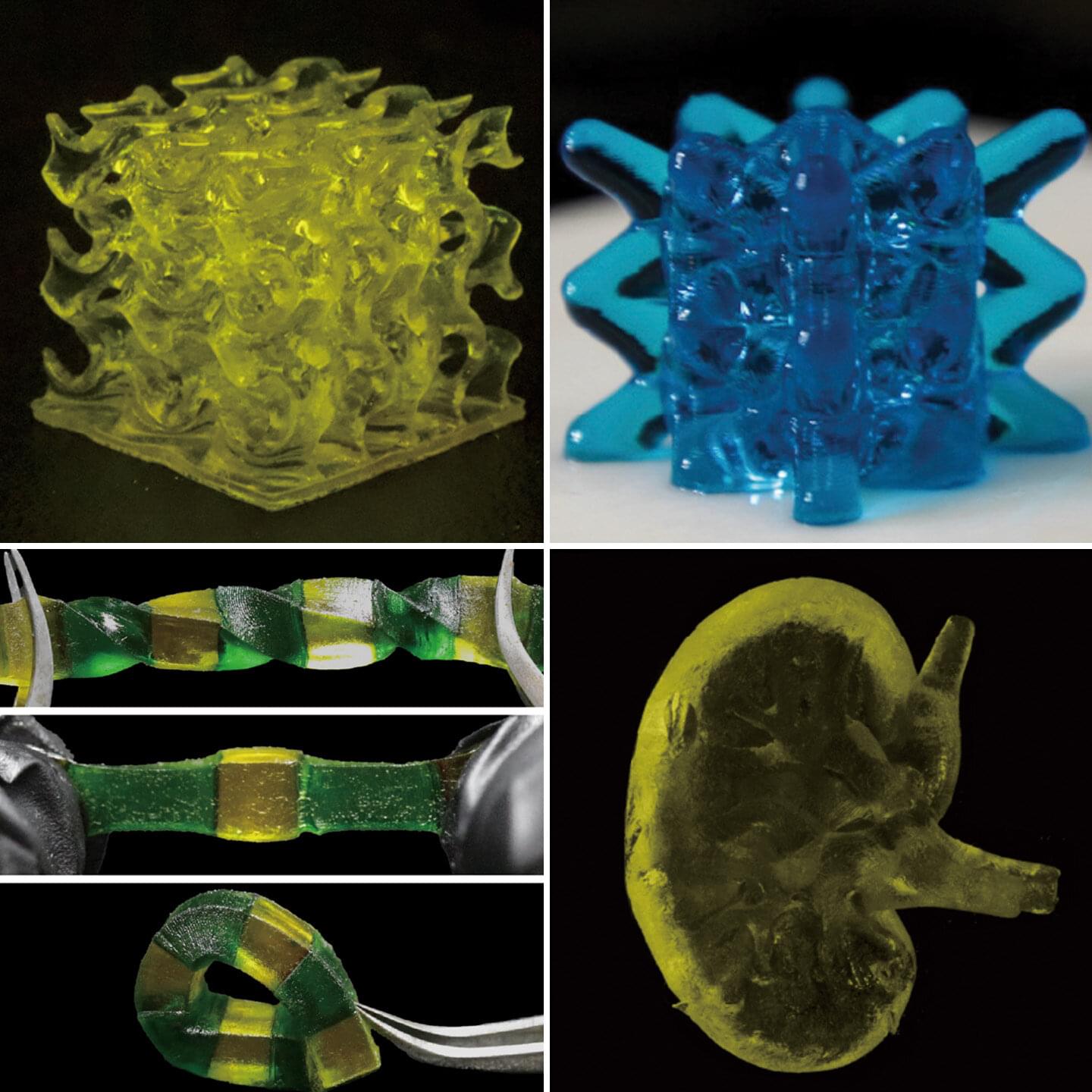A new type of 3D-printable material that gets along with the body’s immune system, pioneered by a University of Virginia research team, could lead to safer medical technology for organ transplants and drug delivery systems. It could also improve battery technologies.
The breakthrough is the subject of a new article published in the journal Advanced Materials, based on work done by the University of Virginia’s Soft Biomatter Laboratory, led by Liheng Cai, an associate professor of materials science and engineering and chemical engineering. The paper’s first author is Baiqiang Huang, a Ph.D. student in the School of Engineering and Applied Science.
Their research shows a way to change the properties of polyethylene glycol to make stretchable networks. PEG, as it’s known, is a material already used in many biomedical technologies such as tissue engineering, but the way PEG networks are currently produced—created in water by crosslinking linear PEG polymers, with the water removed afterward—leaves a brittle, crystallized structure that can’t stretch without losing its integrity.
